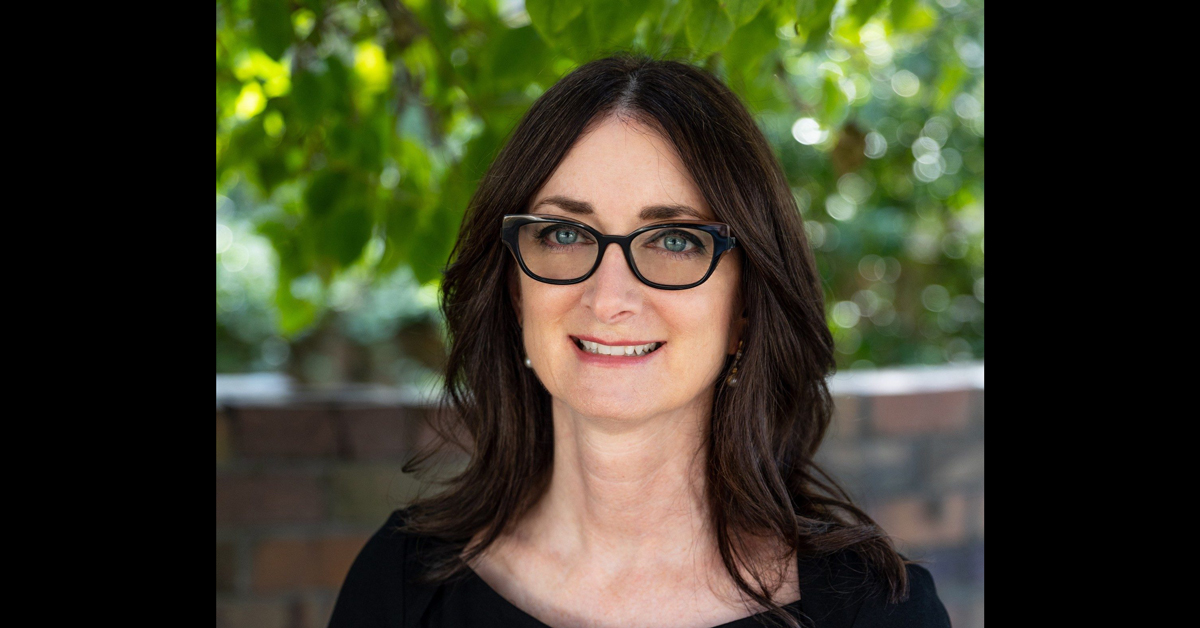
Dr Michelle Bootcov is the recipient of the 2023–24 Mike Smith Student Prize for her original research into the history of Australian science.
She has brought her passion for science and history together in her essay titled ‘Robert Kirk: Blood, genetics, race and rights in the mid to late twentieth century’.
Dr Bootcov has an interdisciplinary background, with a science and an arts degree, and a PhD in molecular immunology.
Now a PhD candidate again at the University of New South Wales (UNSW), Dr Bootcov’s essay investigates the mid-twentieth century transformation of viral diagnostics, through developments in hepatitis research.
The essay was highly commended by the judges for the creative topic, strong analysis and skilled presentation, with Dr Bootcov regarding her selection to receive the Mike Smith Prize an “extraordinary honour”.
It has been published as an open access article in the Academy’s journal, Historical Records of Australian Science.
Dr Bootcov said her essay examines mid-twentieth century blood collecting, the ‘undoing’ of race, and the progressive politics of British-Australian population geneticist Robert Kirk.
“This history of Robert Kirk is particular to Australia but engages with universal themes.
“It spans the 1950s to 1980s, which was a transformative period for genetics, social justice and Indigenous politics, and includes the repercussions that followed in the genomic era.”
Kirk collected historically significant blood samples from Indigenous Australians, one of which was found to hold a protein that has proven vital in our understanding of viral hepatitis.
This prompted Dr Bootcov to research Kirk’s scientific practices and social influences in her essay, and she explains the intersection between human population genetics and virology in the 1960s.
“It is not without justification that the collecting of blood for genetic analysis is frequently associated with race science, but it is not solely or inevitably so,” Dr Bootcov said
With a first prize award of $3,000, the Mike Smith Student Prize recognises the work of students in the history of Australian science or Australian environmental history.
It is awarded by the Academy’s National Committee for History and Philosophy of Science in partnership with the National Museum of Australia once every two years.
The judging panel also includes an Editor of Historical Records of Australian Science.
© 2025 Australian Academy of Science